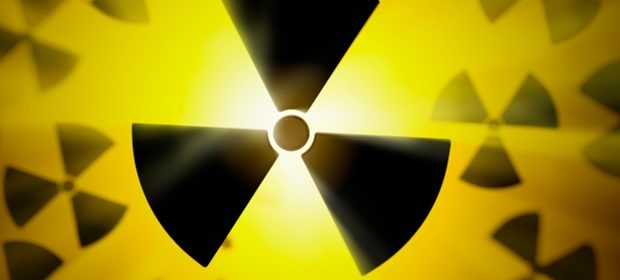Radiation Hazards

Exposure to radiation is safe in small amounts and when it is strictly controlled during a medical exam such as an X-ray, for example.
However, long-term exposure to small amounts of radiation can lead to gene mutations and increase the risk of cancer and exposure to a large amount over a brief period can lead to radiation sickness. Some examples of radiation hazards are described below.
DNA fragmentation
A Swedish study at the University of Basel in 2009 established that exposure to an electromagnetic field of 50 Hz was sufficient to significantly increase the degree of DNA fragmentation seen in human cells.
Hazards to biological systems
The most well understood effect of exposure to electromagnetic fields is dielectric heating. Dielectric heating can cause burns if a person stands near an antenna when a transmitter is being operated, for example. These burns would also be caused by the waves in a microwave. The intensity of dielectric heating varies with changes in frequency of this electromagnetic energy and the heating effect is measured using a unit called the specific absorption rate (SAR).
Many governmental authorities base the safety limits for exposure to electromagnetic energy on SAR. For examples, the Federal Communications Commission states that any mobile phone must have an SAR level at or below 1.6 watts per kilogram to be considered “safe” for use.
Electrical hazards
The oscillation of electromagnetic fields induces an electric current in conductive material. Intense radiation can induce electric shocks in humans and can also damage electrical devices. Oscillating magnetic fields are also responsible for inducing the electric currents seen during storms that lead to the destruction of electrical systems or even cause explosions at power stations and blackouts.
Fire hazards
High intensity electromagnetic radiation can also create sparks if an induced voltage is higher than the surrounding medium’s breakdown voltage. Inflammable substances are then at risk of catching fire on contact with a spark, potentially causing an explosion to occur. This type of hazard is refereed to as HERO or Hazards of Electromagnetic Radiation to Ordnance.
Sources
- http://www.nhs.uk/Conditions/Radiation/Pages/Introduction.aspx
- http://hps.org/documents/meddiagimaging.pdf
- http://www.epa.gov/radiation/docs/402-k-10-008.pdf
- ec.europa.eu/…/125.pdf
- www.nuclearsafety.gc.ca/…/Introduction-to-Radiation-eng.pdf
- www.iaea.org/Publications/Booklets/RadPeopleEnv/pdf/radiation_low.pdf
Further Reading
- All Radiation Exposure Content
- What is Radiation Exposure?
- Causes of Radiation Exposure
- Radiation Exposure Prevention
- Radiation Exposure Treatment
Last Updated: Feb 27, 2019

Written by
Dr. Ananya Mandal
Dr. Ananya Mandal is a doctor by profession, lecturer by vocation and a medical writer by passion. She specialized in Clinical Pharmacology after her bachelor's (MBBS). For her, health communication is not just writing complicated reviews for professionals but making medical knowledge understandable and available to the general public as well.
Source: Read Full Article